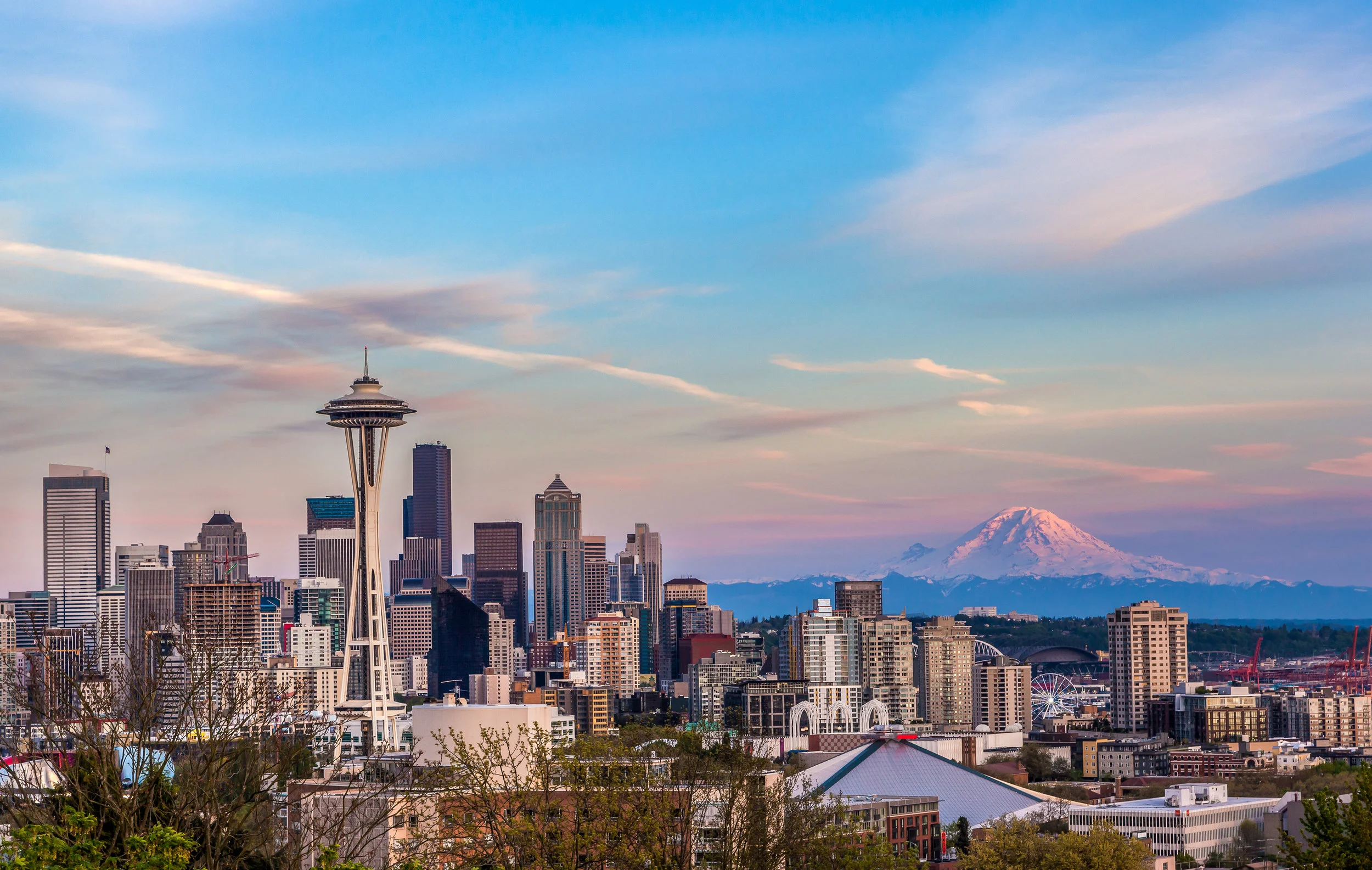What You’ll Learn…
- What brought Seattle’s Strategic Advisor on Urban Planning and Policy, Brennon Staley, to Seattle and what his job entails.
- How Seattle’s Office of Planning and Community Development is working to address some of the city’s biggest issues, including parking accessibility and housing affordability.
- Staley’s thoughts on the comparison/contrast between Seattle and San Francisco and how San Francisco represents what could go wrong in Seattle’s future.
- Staley’s thoughts on supporting Seattle’s small businesses, what Seattle center will look like 10 years from now, and more, plus his greatest hope and fear for the city moving forward.
Being born in Rochester, New York, and having lived in Boston for a number of years, Brennon Staley knows quite a bit about change in a big city. In 2004, Staley moved to Seattle to attend graduate school and instantly recognized the vast differences between the city’s openness to change and Boston’s tradition of “this is the way it’s been forever.” He notes that many of the people who make decisions in Boston have been there for a very long time, fostering an area that appears adverse to the whole idea of change and growth. With Seattle’s wealth of opportunities and flexibility to different ideals, Staley knew that this was the area he wanted to plan in. He interned with the city of Seattle while in grad school and soon moved into various planning capacities, eventually leading to his current position as a strategic planner with the Office of Planning and Community Development.
The Office of Planning and Community Development consists of 25 individuals who focus on all manner of current city issues. Staley himself has worked primarily on the policy surrounding what new developments should contribute to improve Seattle’s system as it grows. Overall, Staley is very proud of the work Seattle has accomplished so far, including its move toward a new transportation system. However, he also understands that there is a lot of work yet to be done and his goal (and the goal of his department) is to find the balance between each part of the puzzle.
One crucial piece that Staley knows many Seattle residents want answers on is parking, as there is very limited parking available in the city as it is. While he acknowledges the desire for more parking, he also notes that to build more parking would go against the overall environmental and transportation goals of the city (encouraging people to use their cars would increase carbon emissions, etc.). The current model planners are reaching for is one where cars would not be necessary downtown, especially with the transit system and increasing prevalence of bike-shares. Phil and Tyler bring up to Staley the possibility of Seattle eventually growing to be like New York, to which Staley responds that while he feels that Seattle will experience significant growth over the next 20 years, it will never be to the level of such a large city.
Staley prefers to look at growth in 20-year periods and focus on how the city can build better systems to react to such growth (systems like buildings, transportation, parks, etc.) and make Seattle a growing but livable city. One of the factors that plays into Seattle’s livability is affordable housing. Staley notes that some taxes already indirectly impact affordable housing opportunities in the area; however, his biggest focus is on a program that the city has in place called “Mandatory Housing Affordability.” This program ensures that new commercial and multi-family developments are required to directly contribute to affordable housing, either through building on-site opportunities or contributing to a non-profit fund to build off-site. While many developers are mixed on this, Staley hopes that the incentives they have in place (such as the ability to build taller and an increase in new development capacity) will be enough to strike a healthy balance.
Though Staley is hopeful for the affordable housing program and looks forward to watching Seattle grow, he is aware of the rumblings in the city regarding the modernization of certain older neighborhoods. He notes that the city as a whole has never tried to pick winners or losers in terms of architectural style, but does struggle at times to find a balance, as some buildings with great architectural character are being preserved, while others are being torn down and rebuilt bigger and more modern. It is Staley’s understanding that it is not necessarily the more modern home that community members don’t appreciate; it’s the larger home (larger homes take up too much space and take away from the character of the neighborhood, in the opinion of some community members). Many of Seattle’s neighborhoods now fall into more of an eclectic camp, with a mixture of large, modern homes, and more small, historical homes. Staley personally loves the eclectic look, but certainly understands the discontent others may feel.
Many of Seattle’s living spaces are zoned as single-family and Staley guarantees that this will not be going away any time soon. However, he does reiterate the need for flexibility and the focus on making these areas more livable as they continue to grow (an example of this is the recent project on Mercer and the South Lake Union rezone). Overall, Staley’s goal is that the city of Seattle remains open and flexible enough to the changes in the coming years that it doesn’t go the way of San Francisco. Both San Francisco and Seattle, as Staley notes, are cities of neighborhoods. Unfortunately, San Francisco has decided to place a disproportionate amount of focus on protecting its neighborhoods, leading to an exorbitant cost of living. Seattle, on the other hand, appears much more open, understanding that while its neighborhoods may not always stay the same, the changes that will be brought to the city will be much more positive than negative. Hopefully this attitude continues in the coming years, for if Seattle feels unaffordable right now, San Francisco proves that it can get much, much worse.
As growth continues in the coming years, Staley has some advice for those who wish to support the small businesses that call Seattle home. He asks residents to think of their neighborhood centers as the epicenter of their trips and to continue to support these businesses they love so much (especially as online shopping becomes more prevalent). On Staley’s end, the city hopes to support this through the creation of new spaces for new businesses, thus creating and preserving many of Seattle’s vibrant local neighborhood districts. He also notes other projects in the works, such as an elementary school in downtown Seattle and the sprucing up of the edges and transportation around Seattle center in the next 10 years.
All in all, Staley loves the work he is doing in Seattle right now. He is extremely proud of the efforts the city has made in terms of housing affordability and its ethic of inclusion. His biggest hope is that Seattle may continue in these efforts to grow and improve as the city’s population increases, paving its own way instead of becoming another San Francisco. As long as Staley and his group remain committed to the goals they’ve set, there’s no question that Seattle’s future looks bright indeed.
About the Interviewee
Brennon Staley is the Strategic Advisor on Urban Planning and Policy for Seattle’s Office of Planning and Community Development. He earned his graduate degree from the University of Washington and has been living in Seattle since 2004. He currently resides in the High Point neighborhood. You can connect with Staley on LinkedIn.
Links





